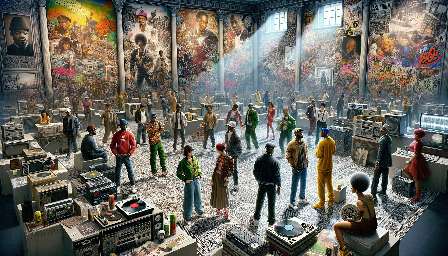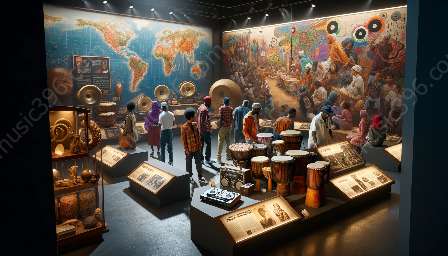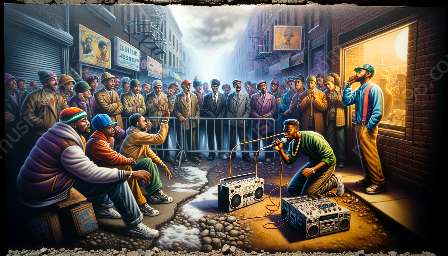Hip-hop culture is a vibrant and influential movement that has its roots in the urban landscapes of the 1970s. From its humble beginnings in New York City to its global impact today, hip-hop has reshaped not only the music industry but also fashion, art, and social activism. To truly understand the origins of hip-hop culture, we must delve into its history and explore its evolution over the past decades.
The Birth of Hip-Hop
Hip-hop culture emerged in the South Bronx, New York City, during the 1970s. It was a time of social and economic struggle, with poverty and urban decay prevalent in the area. The youth of the Bronx, predominantly African American and Latino, sought creative outlets to express their experiences and emotions. This led to the birth of the four main elements of hip-hop culture: MCing (rap), DJing, graffiti art, and breakdancing.
Early Influences
The roots of hip-hop culture can be traced back to African and Caribbean musical traditions, as well as the socio-political context of the Bronx at the time. The rhythmic beats and storytelling traditions of African and Caribbean music heavily influenced the development of hip-hop. Additionally, the social and economic conditions in the Bronx provided the backdrop for the rise of hip-hop culture, with young people using art and music as a means of expression and empowerment.
The Evolution of Hip-Hop Music
One of the most impactful aspects of hip-hop culture is its music. Hip-hop music evolved from the early DJing and MCing practices in the Bronx to become a global force that transcends borders and languages. The rise of iconic artists such as Grandmaster Flash, Afrika Bambaataa, and DJ Kool Herc played a pivotal role in shaping the sound of hip-hop and spreading it beyond its local origins.
Impact on Urban Life
As hip-hop culture gained momentum, its influence extended beyond just music. Urban life was transformed by the rise of hip-hop fashion, art, language, and social activism. The unique style of dress, characterized by baggy jeans, hoodies, and sneakers, became synonymous with hip-hop culture. Graffiti art, a prominent element of hip-hop, also became a recognized form of urban expression, adorning walls and public spaces in cities around the world.
Global Reach
Over the years, hip-hop culture has transcended its origins in the Bronx to become a global phenomenon. It has influenced and been influenced by various cultures, leading to the development of diverse sub-genres and styles within hip-hop music. From the birth of East Coast and West Coast rap to the emergence of international hip-hop scenes in countries like France, Brazil, and South Africa, hip-hop has become a universal language of rhythm and resistance.
Continued Influence
Today, hip-hop culture continues to thrive and evolve, with new artists and sub-genres constantly pushing the boundaries of creativity and expression. The ongoing impact of hip-hop on urban and popular culture is undeniable, as it remains a platform for marginalized voices to be heard and celebrated. Whether through music, fashion, or social activism, hip-hop culture continues to shape the world we live in.




























